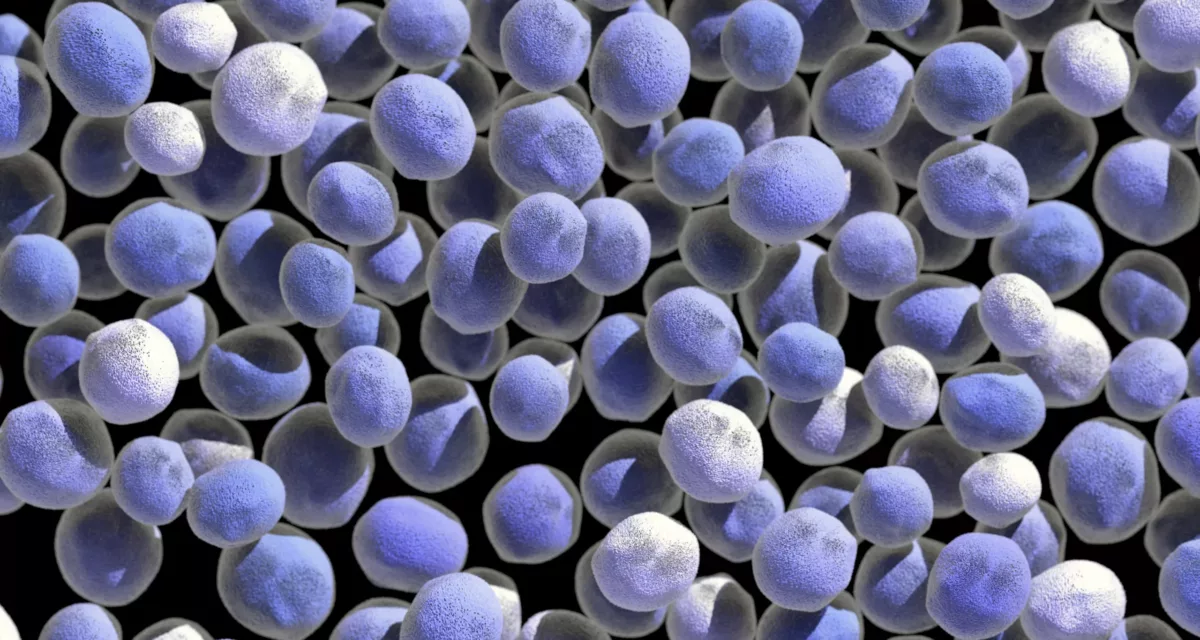A cancer type that begins in the white blood cells (also called plasma cells) is called multiple myeloma. Normally, healthy plasma cells help fight infections and produce proteins (known as antibodies) that also help identify and destroy germs.
In people with this cancer type, the abnormal plasma cells begin to build up in the bone marrow (a spongy and soft structure that makes red blood cells). As a result, cancerous cells make proteins that do not work properly and crowd out healthy blood cells. When it occurs, people with multiple myeloma may notice complications.
While for people with slow-growing cancer that does not cause symptoms, treatment is not required immediately, there are multiple treatments to control the cancer for those who need it.
Symptoms
Usually, multiple myeloma does not cause symptoms in its early stages, but when they occur may include the following ones. For example:
- Mental fogginess
- Confusion
- Infections
- Weakness
- Increased thirst
- Frequent urination
- Unusual weight loss
- Tiredness
- Loss of appetite
- Constipation
- Nausea
- Bone pain (that commonly occurs in the hips, chest, or spine)
If you experience any of the previous symptoms or any other that cause concerns, do not hesitate to see a doctor.
Causes
Healthcare providers do not fully understand why multiple myeloma happens. This cancer type starts in the plasma cells of the bone marrow. This is a soft and spongy matter inside the bones that produces red blood cells. While it is not clear why, something happens in the plasma cells that leads to cancerous myeloma cells. This cancer type begins to make multiple myeloma cells quite fast.
Furthermore, cancerous cells live much longer than healthy ones. When the cancerous cells become too much, they form a mass called a tumor. This tumor can invade nearby tissues and destroy them. In addition, without treatment, the tumor may break and spread throughout the body (such to the lungs, brain, and others).
In people with multiple myeloma, abnormal cells also produce antibodies like healthy plasma cells do. However, the body cannot use these antibodies (monoclonal proteins or M proteins). Therefore, a buildup of M proteins occurs in the body that may lead to damage to multiple organs such as kidneys.
In most cases, multiple myeloma begins with a disease called MGUS (monoclonal gammopathy of undetermined significance). In people with MGUS, M protein levels are low and they do not cause damage to the body structures and organs.
Risk Factors
Physicians identified some factors that may elevate your risk of developing multiple myeloma. Examples include:
- Age – The risk of this cancer type increases with aging. Commonly, people over 60 years old are mostly diagnosed with multiple myeloma.
- Sex – Males are more likely to develop this cancer type than females.
- Race – However, Black people are at increased risk of developing it compared to other races.
- Family history of multiple myeloma – The risk of developing multiple myeloma significantly increases if you have a parent or sibling with this cancer.
- MGUS – Those who suffer from this condition are at higher risk of developing multiple myeloma.
Unfortunately, there are no sure ways to prevent this cancer type. It usually occurs without any obvious reasons.
What Are The Possible Complications of Multiple Myeloma?
People with this condition may experience some complications, especially without treatment. Check some of them below:
- Infections – This cancer reduces the ability of the body to fight off infections.
- Bone issues – These include increased risk of fractures, bone pain, thinning of the bones, and others.
- Kidney problems – People with multiple myeloma may experience kidney problems that may lead to kidney failure.
- Anemia – This is a condition in which low red blood cell count occurs. In most cases, it happens due to myeloma cells that crowd out healthy ones. Furthermore, other blood problems also may occur.
Diagnosis
Physicians usually perform the following tests to confirm multiple myeloma and exclude other conditions that cause similar symptoms. These include:
- Blood tests – These tests are done to check M protein levels and other proteins often made by myeloma cells. It is called beta-2-microglobulin.
- Urine tests – Physicians may also test a sample of urine to check for proteins called Bence Jones proteins.
- Bone marrow tests – Doctors may perform a biopsy. This is a test in which physicians collect a small sample of the bone marrow for testing. During a biopsy, the sample is checked for cancerous cells.
- Imaging tests – These include X-ray, MRI (magnetic resonance imaging) scan, CT (computerized tomography) scan, and PET (positron emission tomography) scan. Imaging tests are used to get detailed images of the bones that may help identify abnormalities linked with multiple myeloma.
In addition, once you are diagnosed with this cancer type, physicians will perform additional tests to determine the stage (extent) of the cancer. It helps make the best treatment plan for you.
Treatment
Sometimes, people with multiple myeloma do not require treatment right away because it is in the early stages and does not cause symptoms. However, regular checkups and blood tests are required to monitor the cancer. In most cases, the treatment begins with medicines. Multiple myeloma treatments help lessen the symptoms, prevent complications, and slow down the growth of the cancer cells.
Multiple Myeloma Treatments
Usually, healthcare professionals prescribe the following treatments. For example:
- Targeted Therapy – This treatment involves specific medicines that block some proteins in the cancer cells causing them to die. However, physicians may perform some tests on the cancer cells to see whether target therapy is effective for you.
- Immunotherapy – Generally, cancer cells produce some substances that help them hide from the immune system. Immunotherapy involves medications that boost the immunity that helps find and destroy cancer cells.
- CAR-T cell therapy – This treatment also is called chimeric antigen receptor T cell therapy. It involves the removal of some white blood cells including T-ones from the blood and then are sent to the laboratory. Thereafter, are treated and they make specific receptors. After treatment, blood cells are put back into the body to find and destroy cancer cells that occur in people with multiple myeloma.
- Chemotherapy – It involves strong medications that destroy cancer cells throughout the body. Sometimes, doctors may recommend this treatment along with radiation therapy.
- Corticosteroids – These medications are used to control inflammation that occurs in the body.
- Radiation therapy – This treatment uses powerful energy beams to destroy cancer cells in different body parts. These beams usually come from X-rays, protons, and other sources. Physicians may recommend this treatment before or after other treatments.
- Bone marrow transplant – This treatment also is known as stem cell transplant and it may cure this cancer type.
Usually, healthcare professionals prescribe additional treatments for anemia, kidney damage, bone pain, bone loss, and others.
Frequently Asked Questions
How long you can live with a myeloma?
Generally, the 5-year survival rate for multiple myeloma ranges between 40% and 82%. It depends on multiple factors including your age and preferences, cancer extent, overall health, and others.
Can multiple myeloma be cured?
In general, it is not possible to cure this cancer type, but with early diagnosis and proper treatments, you may lessen the symptoms and improve your quality of life. The only way to cure this condition is a bone marrow transplant, which is not suitable for everyone.
What is the first-line treatment for myeloma?
In most cases, treatment for multiple myeloma starts with a combination of targeted therapy drugs, chemotherapy drugs, and steroids. The treatment goal is to destroy myeloma and get you into remission. If you have additional questions, ask your healthcare provider.




